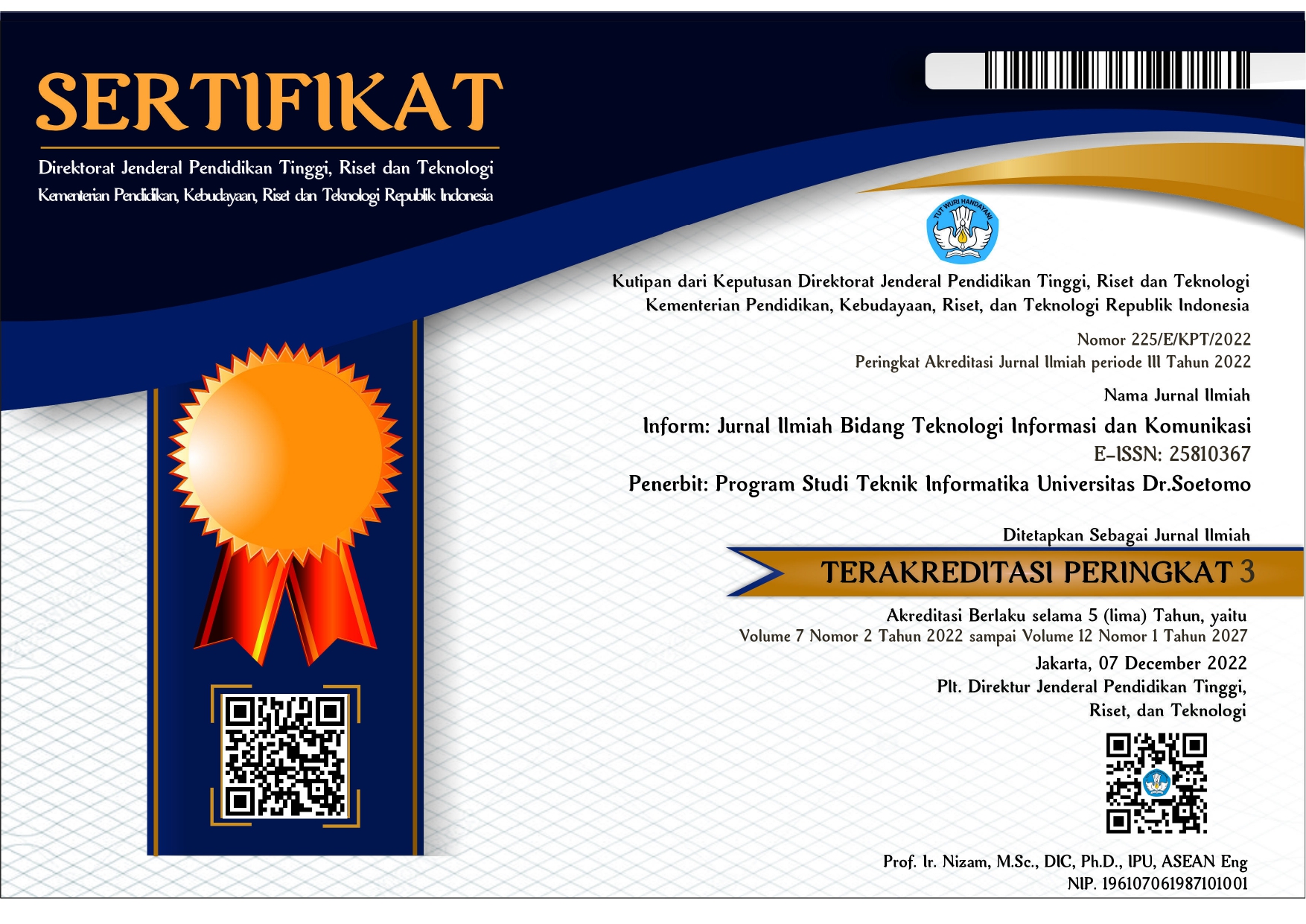Perbandingan Perangkat Lunak Repository Institusi : Studi Kasus pada Repository Institusi di Indonesia
 Abstract views: 2018
,
Abstract views: 2018
,
 PDF (Bahasa Indonesia) downloads: 3006
PDF (Bahasa Indonesia) downloads: 3006
Abstract
The purpose of this research is to analyze the technical comparison on SLiMS (Senayan Library Management System) software with Eprints and DSpace, so it will be proved technically whether SLiMS (Senayan Library Management System) can meet the criteria and standards as institutional repository software or not? . The research methodology used is an experimental approach in which researchers conduct direct experiments of SLiMS, Eprints and DSpace software starting from the installation stage, data entry, IP public provision to perform comparative analysis of the technical features of the three software. The results show that the SLiMS software (Senayan Library Management System) can meet the criteria and standards as the institutional repository software, because SLiMS (Senayan Library Management System) features the main required of an institutional repository software that functions as an asset management system digital collecting, preserving, preserving and publishing or disseminating scientific work of academic research of a college.
References
2. Bankier, Jean Gabriel and Gleason, Kenneth. Institutional Repository Software Comparison. UNESCO, 2014. CI/KSD/2014/PI/H/.
3. Pemanfaatan Aplikasi Open Source untuk Scientific Repository Perguruan Tinggi. Arnomo, Ilham. Jurnal Saintek, 2016, Vol. 13. 1693-8917.
4. MEMBANGUN SISTEM OTOMASI PERPUSTAKAAN DENGAN SENAYAN LIBRARY MANAGEMENT SYSTEM (SLIMS). Azwar, Muhammad. KHIZANAH AL-HIKMAH Jurnal Ilmu Perpustakaan, Informasi dan Kearsipan, 2013, Vol. 1. 2549-1334.
Copyright (c) 2018 Ilham Arnomo

This work is licensed under a Creative Commons Attribution-ShareAlike 4.0 International License.
Authors who publish with Inform: Jurnal Ilmiah Bidang Teknologi Informasi dan Komunikasi agree to the following terms:
-
Authors retain copyright and grant the journal right of first publication with the work simultaneously licensed under a Creative Commons Attribution License (CC BY-SA 4.0) that allows others to share the work with an acknowledgment of the work's authorship and initial publication in this journal.
-
Authors are able to enter into separate, additional contractual arrangements for the non-exclusive distribution of the journal's published version of the work (e.g., post it to an institutional repository or publish it in a book), with an acknowledgment of its initial publication in this journal.
-
Authors are permitted and encouraged to post their work online (e.g., in institutional repositories or on their website) prior to and during the submission process, as it can lead to productive exchanges, as well as earlier and greater citation of published work.












